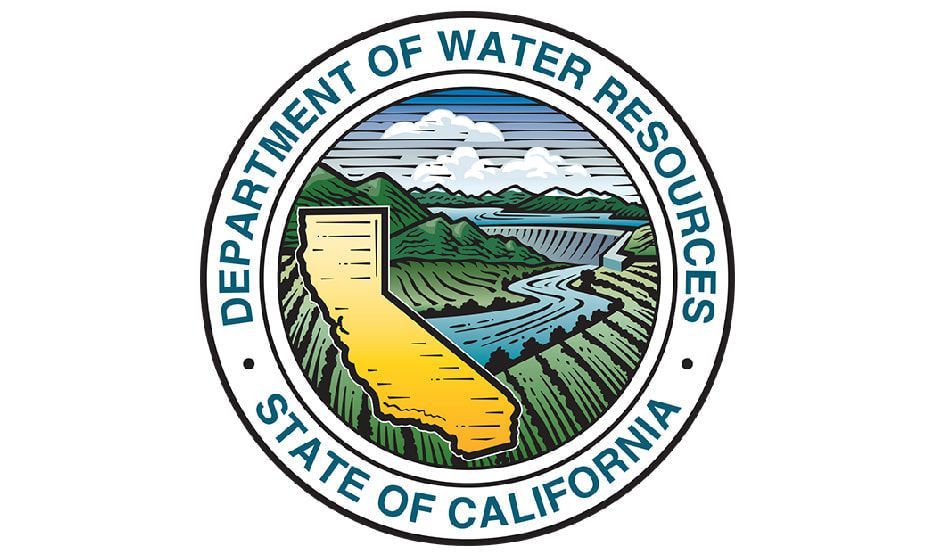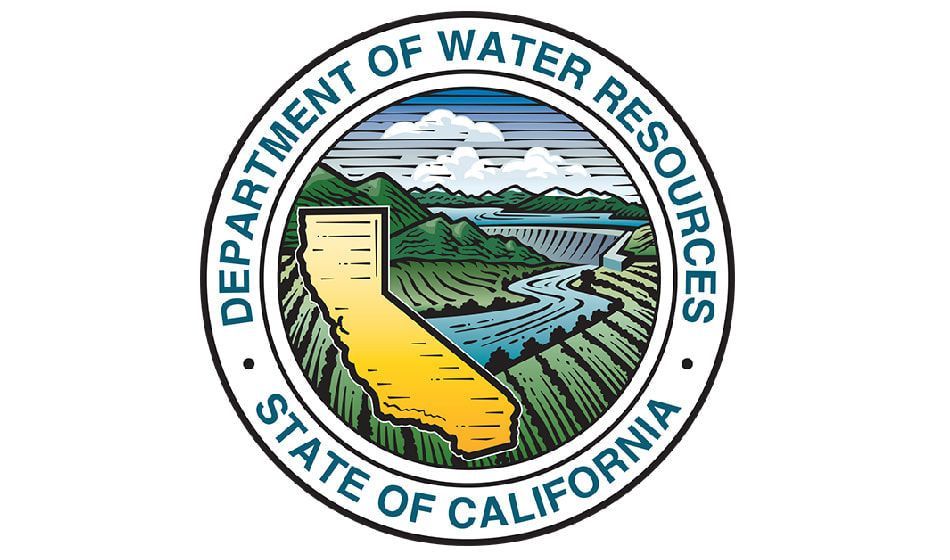Latest News & Updates

Flood Control Releases From Lake Oroville OngoingThe Department of Water Resources (DWR) continues federally required flood control releases from Lake Oroville to maintain flood protection for downstream communities. Water is being released through the Hyatt Powerplant for energy production and from Oroville Dam’s main spillway. With wetter watershed conditions earlier in the week, DWR increased releases to 15,000 cubic feet per second (cfs), but reduced releases today as drier con [...]

Flood Control Releases From Lake Oroville IncreasedThe Department of Water Resources (DWR) has increased federally required flood control releases from Lake Oroville to maintain flood protection for downstream communities. Water is being released through the Hyatt Powerplant for energy production and from Oroville Dam’s main spillway. Atmospheric rivers have delivered rain and snow to the Feather River watershed this week, elevating inflows into Lake Oroville and requiring increase [...]

Flood Control Releases From Lake Oroville ContinueThe Department of Water Resources (DWR) continues federally required flood control releases from Lake Oroville to maintain flood protection for downstream communities. Water is being released through the Hyatt Powerplant for energy production and from Oroville Dam’s main spillway. With drier watershed conditions returning, DWR has reduced releases from Lake Oroville to conserve as much water supply as possible in coordination [...]

Flood Control Releases From Lake Oroville ContinueThe Department of Water Resources (DWR) continues federally required flood control releases from Lake Oroville to maintain flood protection for downstream communities. Water is being released through the Hyatt Powerplant for energy production and from Oroville Dam’s main spillway. With drier watershed conditions returning, DWR has reduced releases from Lake Oroville to conserve as much water supply as possible in coordination [...]

Flood Control Releases from Lake Oroville ContinueThe Department of Water Resources (DWR) continues federally required flood control releases from Lake Oroville to maintain flood protection for downstream communities. Water is being released through the Hyatt Powerplant for energy production and from Oroville Dam’s main spillway. With drier weather returning and reduced inflows into Lake Oroville, DWR has decreased total Feather River flood control releases to 13,000 cubic feet per [...]

Flood Control Releases from Lake Oroville ContinueThe Department of Water Resources (DWR) continues federally required flood control releases from Lake Oroville to maintain flood protection for downstream communities. Water is being released through the Hyatt Powerplant for energy production and from Oroville Dam’s main spillway. Withlessening storms and reduced inflows into Lake Oroville, DWR has decreased total Feather River floodcontrol releases to 17,000 cubic feet per second ( [...]

Flood Control Releases from Lake Oroville OngoingThe Department of Water Resources (DWR) continues federally required flood control releases from Lake Oroville to maintain flood protection for downstream communities. Flood releases using Oroville Dam’s main spillway began Monday, Feb. 3 with water also being released through the Hyatt Powerplant for energy production. Total Feather River flood control releases remain at 35,000 cubic feet per second (cfs) with a planned reduction to [...]

Flood Control Releases from Lake Oroville OngoingThe Department of Water Resources (DWR) continues federally required flood control releases from Lake Oroville to maintain flood protection for downstream communities. Flood releases using Oroville Dam’s main spillway began this morning at 10 a.m. with water also being released through the Hyatt Powerplant for energy production. Total Feather River flood control releases are currently at 35,000 cubic feet per second (cfs). Betwee [...]

DWR Begins Required Flood Control Releases from Lake OrovilleAhead of forecasted storms arriving this weekend, the Department of Water Resources (DWR) has increased water releases to the Feather River from the Oroville-Thermalito Complex to maintain flood protection for downstream communities. With runoff into Lake Oroville projected to range between 50,000 to 120,000 cubic feet per second (cfs) by early next week, DWR will also start using Oroville Dam’s main spillway on Feb. 3 fo [...]
